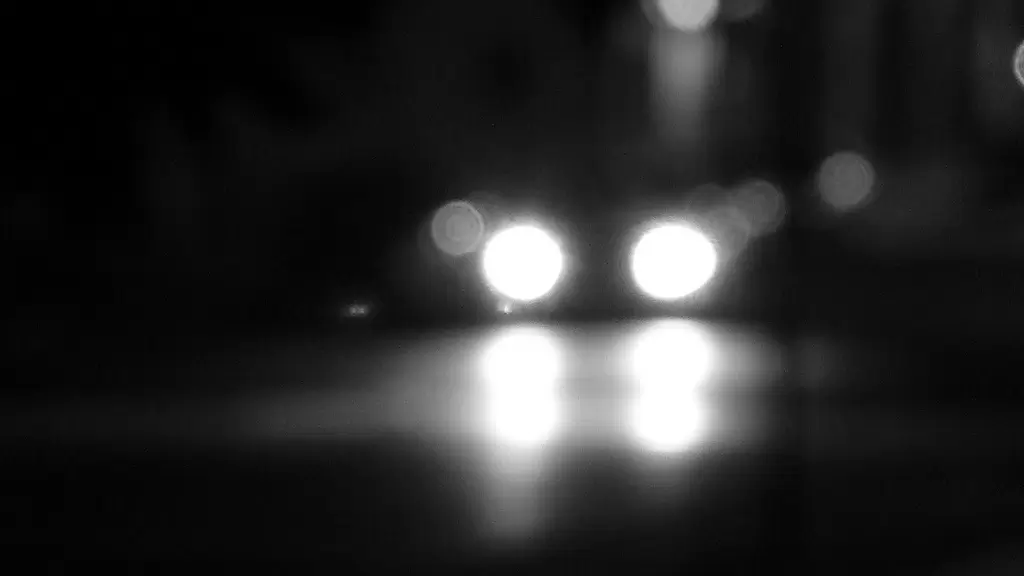What Headlight Color Is Better? White or Yellow?
When it comes to headlights, which color is best, yellow or white? Drivers have been asking this question for years. While some drivers swear that yellow lights are the only way to see in poor weather conditions, others will argue that white lights are brighter and therefore better.
In this article, we'll take a look at the pros and cons of both yellow and white headlights, and determine which is better on the road.
For decades, all headlights had a yellow tint. The very first headlights that were invented were powered by acetylene lamps, which produced a yellow light than today's headlights. As electric headlights became popular, yellow light was believed to be better.
In the 1930's, selective yellow light was used in many headlights. These were designed to filter out any blue tones and thus emit a yellower light. Early studies showed that yellow light was less dazzling to other drivers, making it a safer color for headlights. Yellow light also cuts through rain, snow and fog better than white or blue light.
Although yellow headlights were more popular for decades, most countries allowed either yellow or white. The exception to this is France. From 1936 all the way up to 1993, vehicles by law were required to have yellow headlights. Today, either white or yellow headlights are permitted in most countries around the world.
However, yellow lights have fallen out of popularity as headlights. Whilst yellow light improves visibility in wet or foggy conditions, it can also be harder to see with yellow lights in clear conditions. As a result, many vehicles today use yellow lights only as fog lights.
White lights
White lights are the most popular color for the headlights of today. In many countries, headlights are no longer allowed to be yellow and must be white in color. European regulations, for example, require all new vehicles to be manufactured with white headlights.
 White light is preferred for many reasons. A whiter light mimics the appearance of sunlight and improves visibility. Additionally, the filters used to create selective yellow light dim the brightness of headlights. White light is unfiltered, making it brighter.
White light is preferred for many reasons. A whiter light mimics the appearance of sunlight and improves visibility. Additionally, the filters used to create selective yellow light dim the brightness of headlights. White light is unfiltered, making it brighter.
As headlight technology improves, some bulbs skew towards the blue end of the spectrum (rather than yellow). Xenon HID's, which are brighter than the old halogen bulbs, often have a blue tint. This is fine, up to a certain point, but headlights that are too blue are less effective.
The idea headlight color is pure white. When searching for white headlight bulbs, pay attention to the color temperature. Bulbs with a Kelvin rating of around 4000K for halogen bulbs or 5500K for xenon HID or LED are the whitest and brightest.
